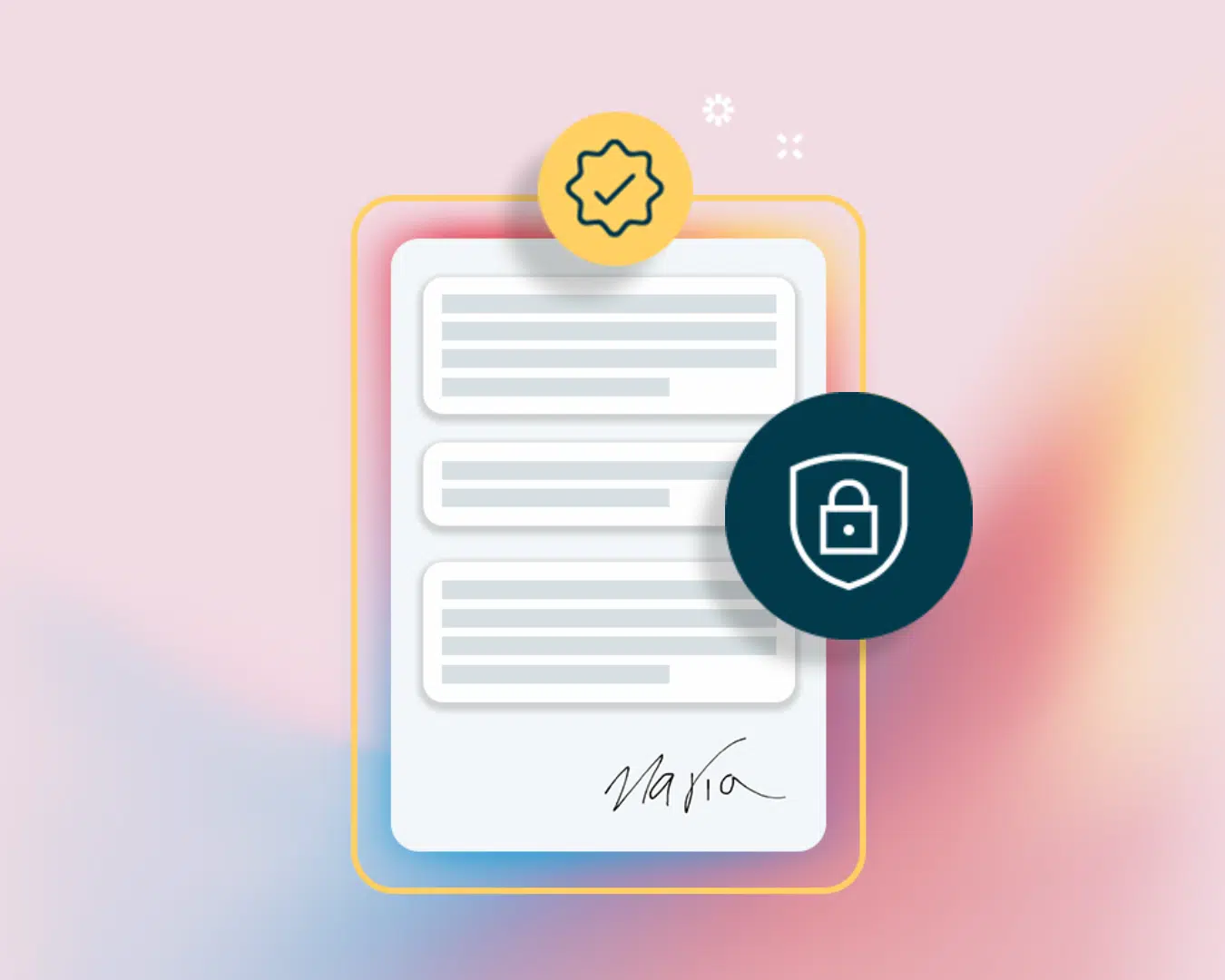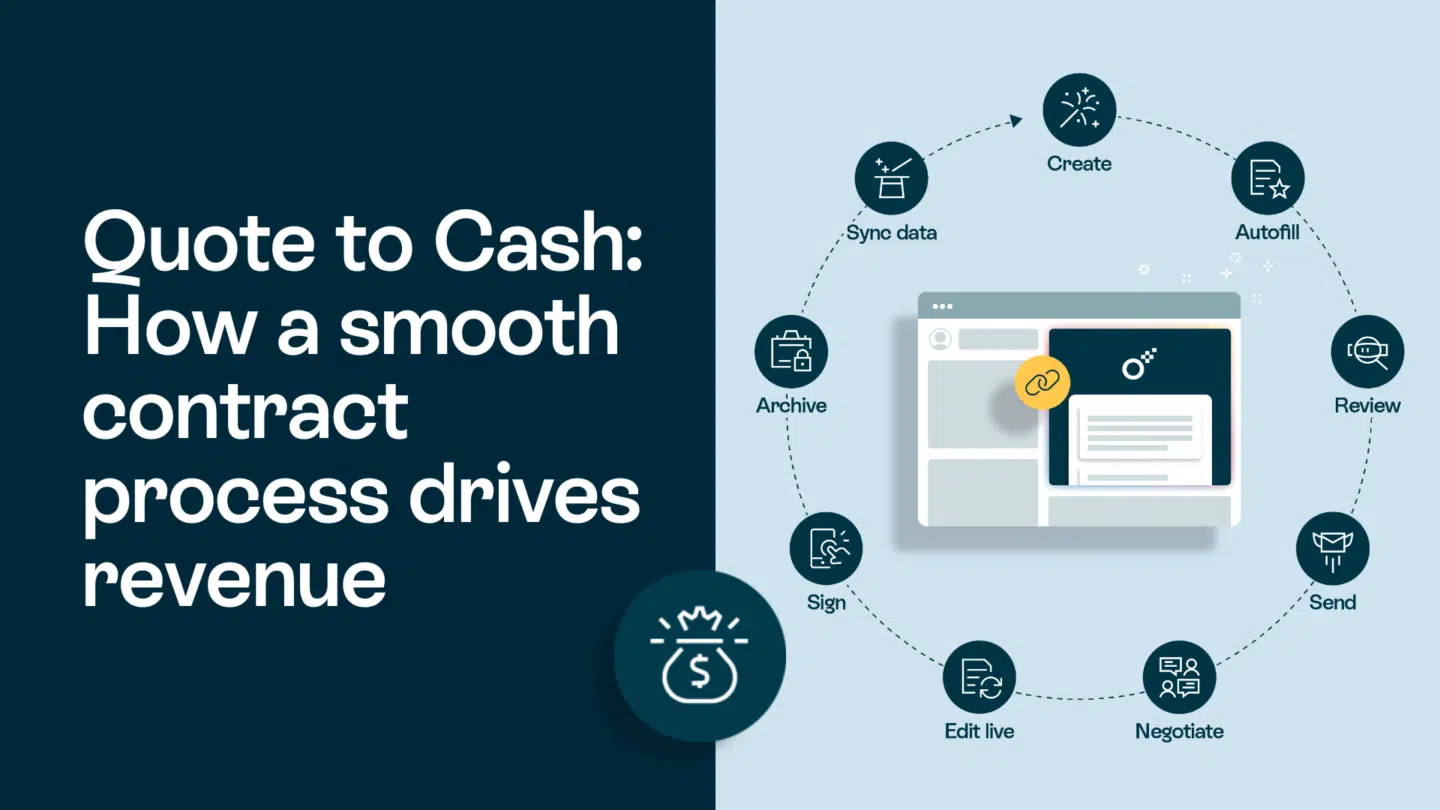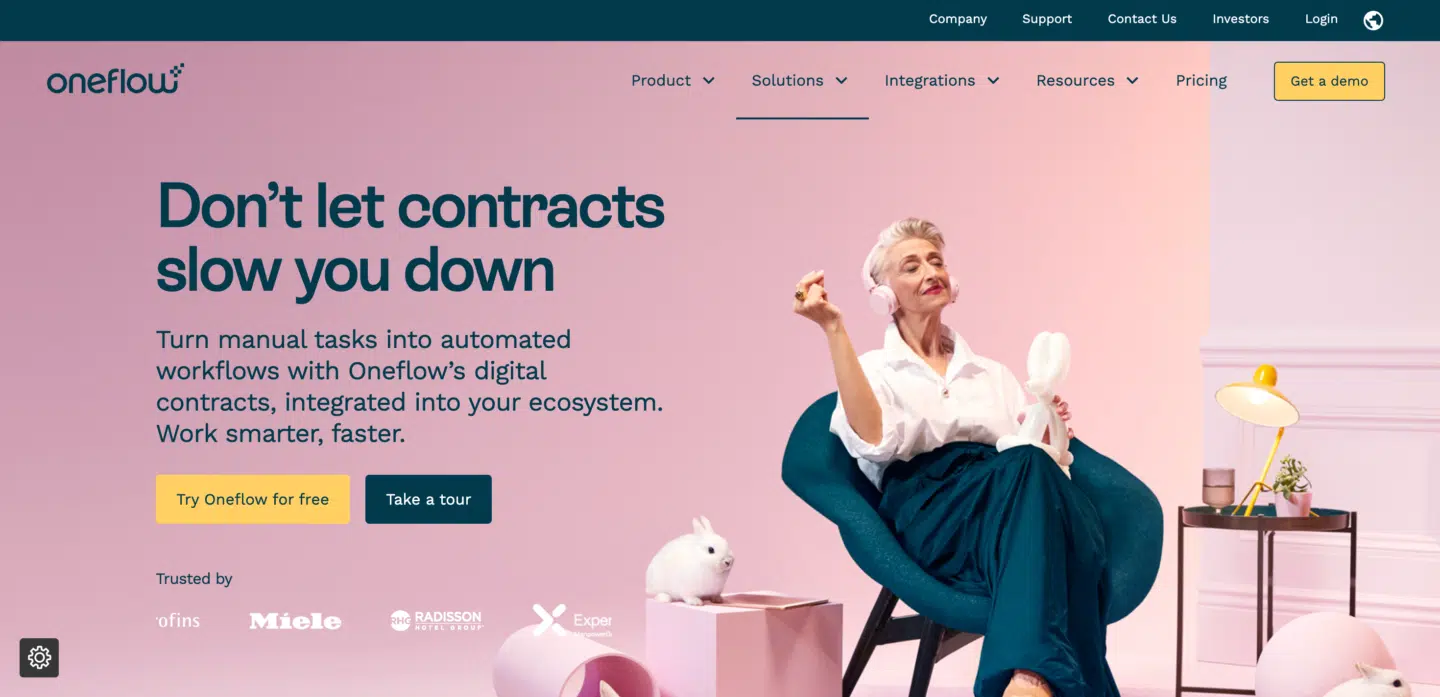Every business pursues a simple goal: to meet customer needs. So, how can businesses, regardless of size, stay ahead of customer needs and always keep them satisfied? Building a rock-solid bond with your customers by consistently predicting their “wants” is the name of the game. In this blog post, we’ll explain what customer needs are, explore the various types of customer needs, highlight their importance for the business, and discuss how to identify them.
What are customer needs?
Customer needs encompass the emotional and practical reasons behind purchasing a product or service. They determine whether a customer will engage with your business and remain loyal.
For instance, every day, around noon, folks start feeling hunger pangs, which prompts them to grab some lunch (to satisfy their need). Therefore, the kind of food they choose, the location of it, and the quality of service are all factors that influence how people decide to meet this need.
Therefore, businesses compete here to be chosen and to “get that lead.”

Why identifying customer needs is important?
Take a look at the main benefits of satisfying customer needs.
Increase customer satisfaction
Happy customers turn into loyal customers who spread the word about your products or services faster than wildfire.
Drive sales
After companies understand their customers’ desires and priorities, they can customize their offerings and tailor CX programs to meet customer needs.
Thus, as a business owner, you create a devoted customer following by satisfying their needs and surpassing their expectations. In the long run, it increases the likelihood of repeat customers and word-of-mouth referrals.
It’s simple math: the more clients we get — the more sales we drive.
Build customer loyalty
Establishing brand loyalty is crucial for any business, as it fosters repeat patronage and makes you stand out. You can even use logo design to foster brand loyalty, making it stand out from the crowd
Once again, knowing what customers need and want allows brands to tailor products and services accordingly. Personalized customer journeys enhance satisfaction and foster loyalty since everybody enjoys being treated like a special client.
With loyal and repeat customers, the cost per lead gets lower as the whole process of lead generation works smoothly. That’s another beneficial side of customer loyalty.
Read also: Driving growth through happy customers: The importance of customer satisfaction

3 types of customer needs
A customer’s need is the driving factor behind a purchase decision, whether recognized or not. One effective approach to identify and assess these needs is through the concept of “jobs to be done.”
The jobs-to-be-done (JTBD) framework proposes that customers aren’t purchasing products; rather, they’re employing them to accomplish specific tasks or jobs.
In essence, JTBD refers to delineating the situations in which a consumer will utilize a product and the desired outcome they aim to achieve through its use. Thus, we can discuss three types of customer needs here.
Functional needs
Customers typically choose the product that fits the bill for their specific task or job at hand. The one that hits the nail on the head in terms of meeting their functional requirements is the one they’ll likely go for.
Customer’s functional needs can range from broad to very particular. For instance, Mailchimp stands as a renowned email marketing platform, empowering businesses to send newsletters, oversee mailing lists, and devise email campaigns. Its distinctive feature lies in its capacity to craft automated marketing initiatives and organize customer email lists, rendering it a favored option for enterprises across the globe.
Emotional needs
Emotional needs reflect the vibes a customer seeks while using a product. For instance, somebody might opt for one product over another because it gives them relief or brings back cherished memories of their grandparents.
Pinpointing customer emotional needs can be challenging. Yet, companies that manage to do so can craft their product messaging to resonate perfectly with emotional customer needs.
Social needs
Social needs represent the desire for a person to project a certain image or identity while using a product or service.
For environmentally conscious consumers, the sustainability of a product may hold significant importance. Customer needs depend on people’s social aspirations.
Although it might not be the primary factor driving their purchase, it still influences their customer needs. For instance, Shopify is a carbon-neutral company that sources renewable power for its buildings and employee home offices. This wow example shows they take sustainability seriously.
Read also: Customer success in B2B: What it is and how it can dramatically affect your business

6 most important customer needs you need to focus on
Functionality
A product or service must align with customers’ requirements, functioning in a manner that effectively addresses their problems or desires. For example, when a customer seeks a tool to uninstall apps on Mac, it should be simple and user-friendly.
Price
Price is the primary deal-breaker for some customers. Nowadays, the tides could turn swiftly with the emergence of a new wave of price-savvy shoppers. Gen Z shoppers are particularly inclined to shop around, visiting multiple stores before settling on a purchase.
Quality
These days, there’s no room for shoddy product quality. Customers demand products built to last and services they can depend on.
For instance, Apple was once known primarily for its user-friendly computers tailored to designers and creators. However, it wasn’t until the company unveiled its cutting-edge smartphones that things really took off. The iPhone has become synonymous with top-notch quality in the smartphone market, albeit at a higher price point.
Security
Customers want to feel secure when using a product or website, particularly in the realm of online businesses.
Contemporary enterprises prioritize security certifications and exclusively employ reputable payment platforms. To illustrate, various companies utilize pen-testing as a service, as the method has proved to be a reliable way of protecting personal data.
Personalization
Personalization is gaining traction as one of the top customer desires. People highly value personalized suggestions, exclusive deals, and tailored content. When customers feel acknowledged and appreciated, their needs are covered.
Convenience
In today’s hustle and bustle, convenience is king. Customers are more likely to buy and return when the service or shop simplifies life with one-click purchasing, subscription options, and intuitive interfaces.
For example, pre-ordering coffee through an app allows busy professionals to start their day punctually (Starbucks or Costa Coffee initiatives). Another example: Basecamp’s Hey helps integrate your inbox to organize emails into relevant categories and save countless hours each week.
Read also: Build a customer experience strategy that drives growth

How to identify customer needs: 5 ways
Conduct customer surveys
How to know whether the customers are satisfied with a product or service? Conduct customer satisfaction surveys.
There are three key measures you should consider:
- Net Promoter Score (NPS),
- Customer Satisfaction (CSAT),
- Customer Effort Score (CES).
As a business owner, you can effortlessly conduct these and additional surveys using live chat or chatbot software if you utilize these platforms for interacting with your customers. Stay open to discovering more about them by asking how they’ve utilized the product and for what purposes, even if their uses happen to diverge from what you’ve initially designed or anticipated.
Analyze customer feedback
Collecting customers’ feedback provides a better look at business performance in satisfying customer needs. By analyzing feedback in detail, you may learn:
- how customers see the ideal product to fulfill their needs;
- what features are critical to them;
- what prevents repeat purchases;
- what they expect from your brand.
All of this enables you to fine-tune your marketing strategy more precisely, selecting communication channels and messaging.
Monitor social media interactions
Keeping an eye on your social media channels can provide invaluable insights into customer needs and wants.
This practice entails keeping track of social media platforms for mentions of your business. Additionally, it helps pinpoint your most devoted customers — those actively interacting with your product features and spreading positive comments.
Engage with customers through focus groups
A focus group is a carefully selected bunch who gather to chat about a particular subject. Market research runs these gigs, with a moderator keeping things on track to ensure everyone chips in.
These sessions are golden for understanding how consumers vibe with your brand. Plus, they’re a treasure trove for collecting psychographic data—insight into people’s beliefs, hobbies, and what motivates their actions. Therefore, it identifies customer needs efficiently.
Utilize analytics tools
Companies utilize analytics tools to save time when analyzing various data. For instance, by diving into customer behavior analysis tools, brands get insights into their customers’ demographics, needs, and wants. Armed with this intel, they can whip up superior marketing content and enhance personalized offers. Enterprises can choose between vector and graph databases to enhance their customer support systems and sales enablement processes at scale.
Key takeaways
Customers are the lifeblood of any business. Therefore, caring about customers’ needs drives sales and demonstrates that clients are valued. Besides, businesses cultivate a devoted following when thinking about satisfying their customers’ needs. They utilize surveys, focus groups, and social media analytics to fine-tune their offerings, services, and overall customer journey.







